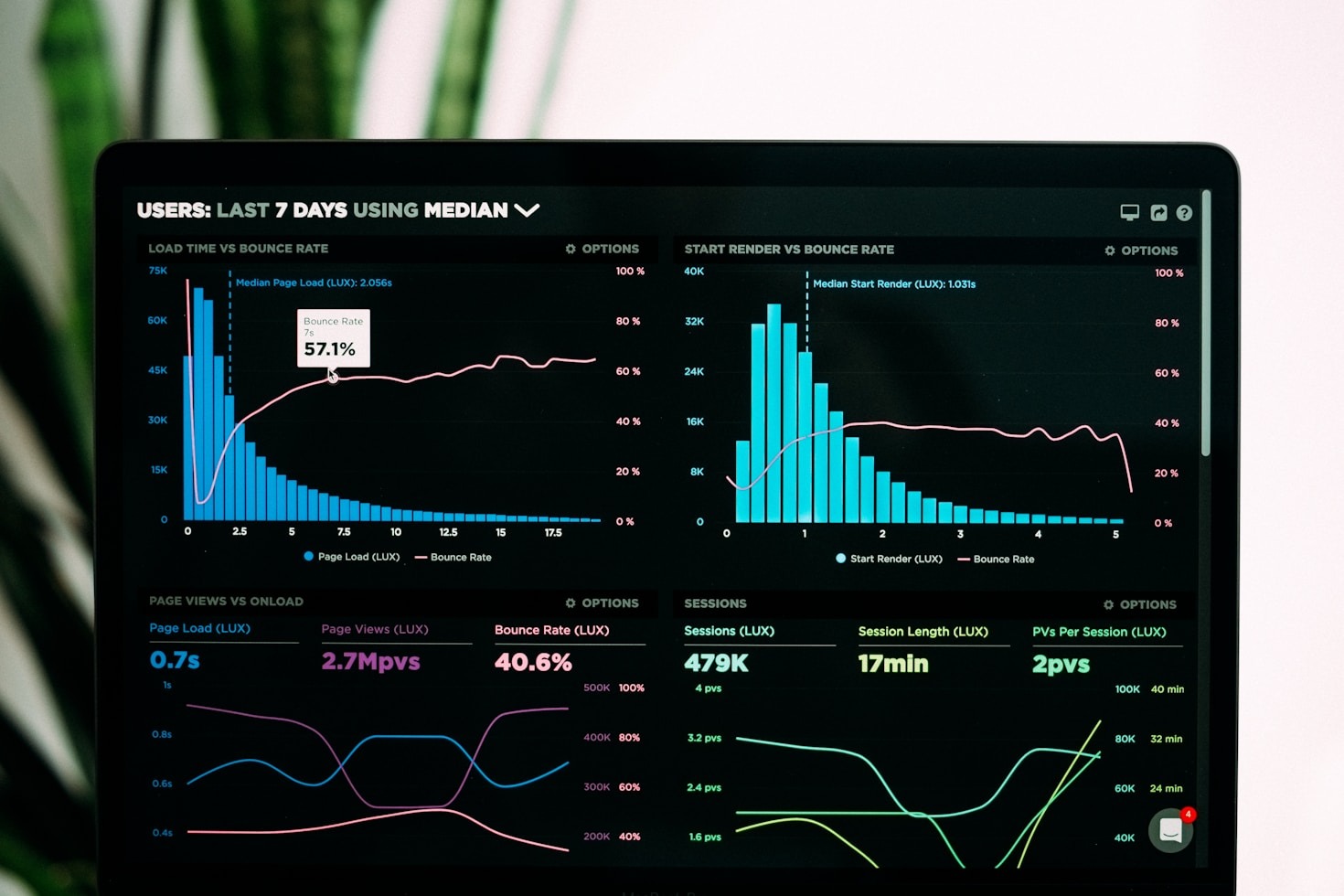In the rapidly evolving landscape of biopharmaceuticals, market analysis has emerged as a critical cornerstone for success. As we navigate through 2025, the importance of understanding market dynamics, patient needs, and competitive forces has never been more pronounced. Market analysis serves as the compass guiding biopharma companies through the complex maze of drug development, regulatory challenges, and commercialization strategies. By providing invaluable insights into unmet medical needs, emerging trends, and potential opportunities, market analysis empowers companies to make informed decisions that can significantly impact their trajectory in this highly competitive industry.
In the realm of biopharma, knowledge is not just power—it’s the difference between breakthrough innovations and missed opportunities. Let market analysis be your guiding light through the fog of uncertainty.
At its core, market analysis in biopharma encompasses a wide range of methodologies designed to provide a comprehensive understanding of the industry landscape. These include patent analysis, clinical trials, pharmacovigilance studies, and real-world evidence (RWE) studies. Each of these approaches offers unique insights that, when combined, create a powerful toolkit for decision-making. For instance, patent analysis conducted during the initial phases of drug development can reveal protected innovations and identify potential opportunities for new advancements. Meanwhile, RWE studies provide crucial information about the long-term safety and effectiveness of drugs in real-world settings, offering insights that go beyond the controlled environment of clinical trials (ref 1).


The impact of market analysis extends throughout a drug’s lifecycle, from early development to post-market monitoring. During the product launch stage, when historical data may be limited, consumer insights methods and test-and-learn techniques become invaluable for understanding target audiences and optimizing launch campaigns (ref 2). As products move into the sales growth phase, sophisticated modeling techniques can analyze historical data to maximize revenue and market share based on short-term ROI KPIs. In the maturity stage, when maintaining interest becomes crucial, market analysis helps in optimizing profit potential by leveraging high-fidelity historical data to drive sophisticated decisions about the most effective and profitable channels (ref 2). This dynamic approach to market analysis ensures that biopharma companies can adapt their strategies as products progress through different lifecycle stages, maximizing their chances of success in an ever-changing market.
Wrapping Up with Key Insights
The role of market analysis in biopharma success cannot be overstated. It serves as the foundation for informed decision-making, risk mitigation, and strategic planning. By leveraging a combination of methodologies—from patent analysis to real-world evidence studies—biopharma companies can gain a comprehensive understanding of their market landscape, identify unmet needs, and position themselves for success. As we look to the future, the integration of advanced analytics, artificial intelligence, and big data will likely enhance the power and precision of market analysis, offering even deeper insights into patient needs, treatment efficacy, and market trends. For biopharma leaders, embracing and investing in robust market analysis capabilities is not just a strategic advantage—it’s a necessity for navigating the complexities of the industry and driving innovation that truly makes a difference in patients’ lives.


Leave a Reply